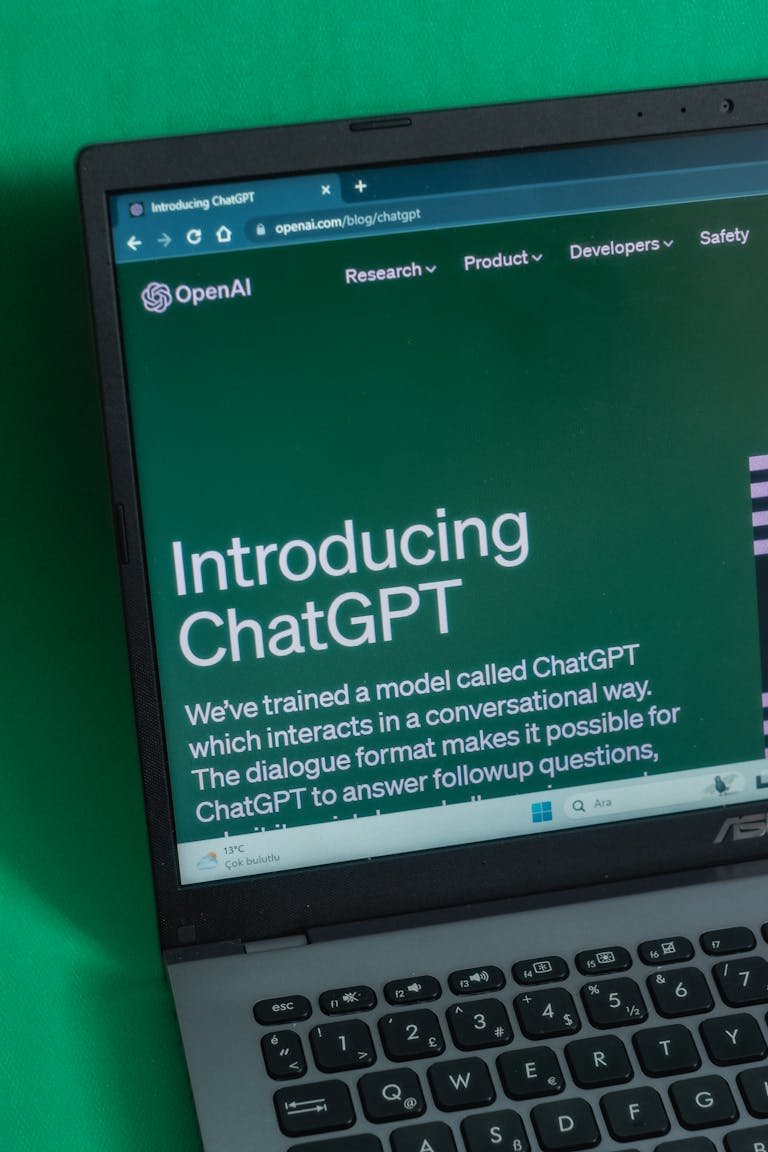OSINT Framework Overview
OSINT Framework
What is the OSINT Framework?
The OSINT Framework is an open-source directory of free tools and resources for conducting Open Source Intelligence (OSINT) investigations. It focuses on gathering publicly available information for use in cybersecurity, penetration testing, forensics, law enforcement, and research.
Category:
- Cybersecurity / Intelligence
- Digital Forensics & Investigations
- Ethical Hacking
Use Cases:
- Investigating threat actors or cybercrime
- Background checks and digital profiling
- Social engineering and phishing simulations
- Corporate investigations and red team ops
Who Uses It?
- Ethical hackers / penetration testers
- SOC teams and threat analysts
- Journalists and investigators
- Intelligence officers
- Law enforcement and military units
Core Features of OSINT Framework
- Tree-based Tool Directory: Categorized links for social media, domain/IP search, metadata analysis, etc.
- No Native Tooling: It curates links rather than being a tool itself
- Constantly Updated: Maintained on GitHub and community-curated
- Focus Areas: Username tracing, phone numbers, public records, dark web, geolocation, etc.
Audience-Specific Benefits
| Audience | Value of OSINT Framework |
|---|---|
| Developers | Starting point for building custom intelligence-gathering scripts |
| IT Managers | Supports threat hunting and brand protection workflows |
| Business Leaders | Useful for fraud investigations, due diligence, and HR vetting |
| Students | Entry into cybersecurity investigations and threat intelligence |
| Researchers | Tool to collect publicly available digital artifacts across platforms |
Certification & Training
Certifications Related to OSINT
While the OSINT Framework itself isn’t certifiable, many OSINT-aligned certifications include it as a key resource:
- Certified Cyber Intelligence Professional (CCIP)
- SANS SEC487: Open-Source Intelligence (OSINT)
- OSINT Practitioner Certification (OSINT Foundation, OSINT Techniques)
- Certified Ethical Hacker (CEH) includes OSINT techniques
Training Providers
- SANS Institute (SEC487)
- TraceLabs (Capture the Flag OSINT events)
- OSINT Techniques by Michael Bazzell
- Udemy, Coursera (OSINT beginner to advanced)
- Sector035, IntelTechniques.com
Cost & Duration
- Free Tools: 100% free to use
- Courses: Free – $4,000 depending on provider (e.g., SANS)
- Time Investment: 10–40 hours for a strong foundation
Skill Level Required
- Beginner to Advanced (tools range from plug-and-play to scripting-heavy)
Licensing & Legal
- License Type: Open-source, public domain (MIT license in GitHub repo)
- Usage Rights: Free for personal, educational, and commercial use
- Ethical Considerations: Legality of data use depends on jurisdiction—ensure compliance with privacy laws (e.g., GDPR, CCPA)
Comparison Table
| Feature | OSINT Framework | Maltego | Shodan |
|---|---|---|---|
| Tool Type | Directory | Visualization platform | Search engine for IoT |
| Cost | Free | Paid tiers | Freemium |
| Skill Requirement | Low to medium | Medium-high | Medium |
| Community-Contributed | Yes | No | No |
Ecosystem & Tools
- Integrates Well With:
- Maltego
- SpiderFoot
- Recon-ng
- TheHarvester
- Useful Tools It Links To:
- HaveIBeenPwned
- Google Dorks
- Whois lookup
- Metadata2Go
- Exif.tools
- Hosted Version: https://osintframework.com
- GitHub Repository: https://github.com/lockfale/osint-framework
Career & Industry Demand
- Job Titles: Threat Intelligence Analyst, Red Team Operator, Private Investigator
- Average Salary: $90K–$140K+
- Industries Hiring: Government, Finance, Cybersecurity, Investigative Journalism
- Related Certifications: SEC487, CEH, CPTC, GIAC GOSI
Success Stories / Use Cases
- Law Enforcement: Track down missing persons using social media traces
- Journalism: Fact-checking and tracking digital misinformation sources
- Red Teams: Pre-engagement OSINT to build realistic attack simulations
- Security Companies: Brand monitoring and executive protection
Getting Started with OSINT Framework
- Visit https://osintframework.com
- Choose a category (e.g., Social Networks → Username Search)
- Bookmark and organize tools that align with your workflow
- Participate in OSINT CTFs (e.g., Trace Labs) to practice
- Read the book: Open Source Intelligence Techniques by Michael Bazzell





